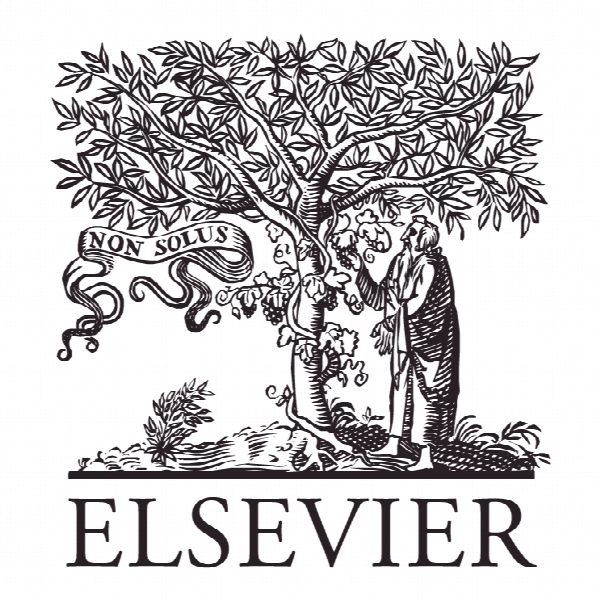توابع خطی یکسو برای تصمیم گیری چند معیاره Piecewise linear value functions for multi-criteria decision-making
- نوع فایل : کتاب
- زبان : انگلیسی
- ناشر : Elsevier
- چاپ و سال / کشور: 2018
توضیحات
رشته های مرتبط مدیریت و مهندسی صنایع
گرایش های مرتبط برنامه ریزی و تحلیل سیستم ها، بهینه سازی سیستم ها
مجله سیستم های کارشناس با برنامه های کاربردی – Expert Systems With Applications
دانشگاه Delft University of Technology – The Netherlands
منتشر شده در نشریه الزویر
کلمات کلیدی انگلیسی Multi-criteria decision-making, MCDM, Decision criteria, Value function, Monotonicity
گرایش های مرتبط برنامه ریزی و تحلیل سیستم ها، بهینه سازی سیستم ها
مجله سیستم های کارشناس با برنامه های کاربردی – Expert Systems With Applications
دانشگاه Delft University of Technology – The Netherlands
منتشر شده در نشریه الزویر
کلمات کلیدی انگلیسی Multi-criteria decision-making, MCDM, Decision criteria, Value function, Monotonicity
Description
1. Introduction Decision theory is primarily concerned with identifying the best decision. In many real-world situations the decision is to select the best alternative(s) from among a set of alternatives considering a set of criteria. This subdivision of decision-making, which has gained enormous attention, due to its practical value, in the past recent is called multi-criteria decision-making (MCDM). More precisely, MCDM concerns problems in which the decision-maker faces m alternatives (a1, a2, …, am), which should be evaluated with respect to n criteria (c1, c2, …, cn), in order to find the best alternative(s), rank or sort them. In most cases, an additive value function is used to find the overall value of alternative i, Ui, as follows: Ui = n j=1 wjuij, (1) where uij is the value of alternative i with respect to criterion j, and wj shows the importance (weight) of criterion j. In some problems, the decision-maker is able to find uij from external sources as objective measures, in some other problems, uij reflects a qualitative evaluation provided by the decision-maker(s), experts or users as subjective measures. Price of a car is an objective criterion while comfort of a car is a subjective one. For objective criteria, we usu ally use physical quantities, for instance, ‘International System of Units’ (SI), while for subjective criteria, we do not have such standards, which is why we mostly use pairwise comparison, linguistic variables, or Likert scales in order to evaluate the alternatives with regard to such criteria. In order to find the weights, wj, the decision-maker might use different tools and methods, from the simplest way, which is assigning weights to the criteria intuitively, to use simple methods like SMART (simple multi-attribute rating technique) (Edwards, 1977), to more structured methods like multiple attribute utility theory (MAUT) (Keeney & Raiffa, 1976), analytic hierarchy process (AHP) (Saaty, 1977), and best worst method (BWM) (Rezaei, 2015, 2016). While these methods are usually called ‘multi attribute utility and value theories’ (Carrico, Hogan, Dyson, & Athanassopoulos, 1997), there is another class of methods, called outranking methods, like ELECTRE (ELimination and Choice Expressing REality) family (Roy, 1968), PROMETHEE methods (Brans, Mareschal, & Vincke, 1984) which do not necessarily need the weights to select, rank or sort the alternatives. What, however, is in common in these methods is the way they consider the nature of the criteria. That is to say, in the current literature, one of the common assumptions about the criteria (most of the time it is not explicitly mentioned in the literature), is monotonicity.


